ESG Risks: examples, consequences, and guide to mitigate them
Learn how to assess and mitigate ESG risks to strengthen your company's resilience and performance
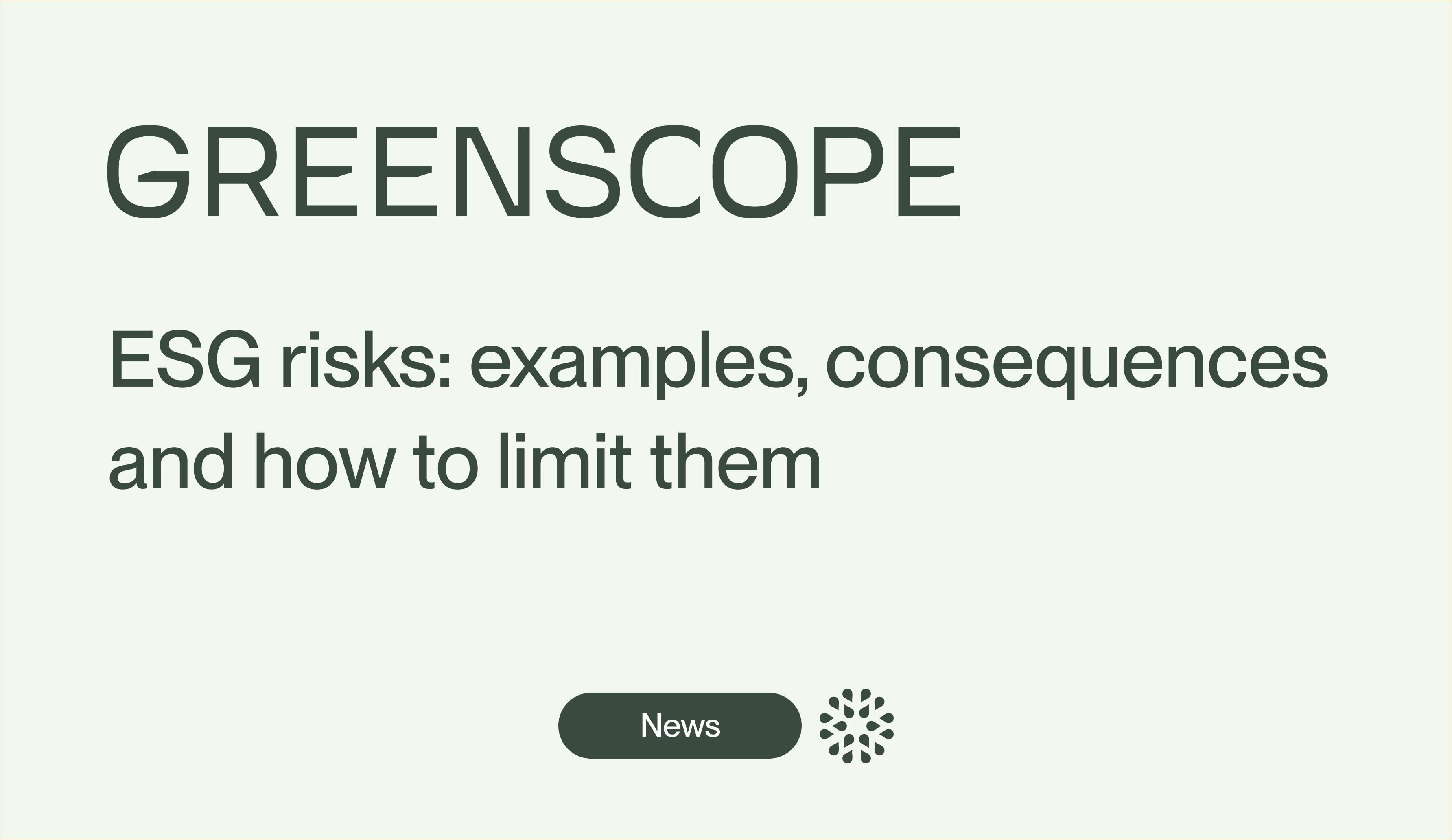
Managing ESG risks requires a forward-looking and strategic vision, it does not rely on historical data and the impacts of these risks are complex and varied. The definition of ESG risks as well as their assessment is essential to analyze their financial materiality and identify the best practices to adopt in order to mitigate these risks. Climate change is ranked as the top risk for insurance companies according to the 8th risk map released by France Assureurs (source) showing how critical it is for ESG risks to be taken into account, analyzed and reported on by financial institutions and companies, as well as their importance for their sustainable performance.
What does ESG risk mean?
ESG risk refers to the probability that a company will experience a negative impact due to factors related to Environmental, Social, and Governance aspects. These risks can arise from its own practices (e.g., faulty governance, non-compliant working conditions) but also from its external environment, like changes in regulations, natural disasters, or shifts in societal expectations. They influence the financial stability, reputation, and longevity of the company.
The impact of ESG risks on the company is multiple, they can affect:
- Reputation
- Financial performance
- Regulatory compliance
- Attractiveness to investors
Today, ESG risks have become unavoidable amid regulatory pressure and consumer expectations. All industries and sectors (finance, energy, tech, retail, food industry, etc.) are concerned and must integrate these issues into their risk management.
It is crucial to identify and quantify the risks that concern the business in order to take the right steps to mitigate them. Environmental, social, and governance risks each present distinct challenges.
Examples of ESG risks
Environmental risks
Environmental risks are linked to various components: climate change, water, resource management, ecosystem pollution, biodiversity, etc.
A significant example of a risk related to climate change is the introduction of the carbon border adjustment mechanism in 2021 by the European Union. This carbon tax mechanism forced highly CO2-emitting companies (such as steel and cement industries) to rethink their business model by adopting more sustainable practices to reduce emissions. This is the case for ArcelorMittal, one of the largest steel producers, which had to invest massively in the decarbonization of its production to avoid extra costs related to carbon taxes, at the risk of losing competitiveness against greener competitors.
Another example of an environmental risk is the impact of soil and water pollution. Indeed, in 2019, the PFAS scandal in Belgium broke out when the chemical company 3M was accused of contaminating soils and groundwater near its Antwerp site. Authorities imposed massive decontamination obligations, fines, and restrictions on the company. This resulted in significant financial losses for 3M, a major hit to its image, and increased distrust from the public and investors towards the chemical industry.
Social risks
Social risks, whether related to working conditions, discrimination, respect for human rights, or stakeholder relations, can have major consequences on a company's reputation, performance, and sustainability.
Indeed, the risk related to working conditions and workers' rights was highlighted by a 2021 investigation on Amazon. The investigation revealed a higher-than-average injury rate and undue pressure on employees. These revelations led to strikes, increased pressure from investors, and a questioning of the company's practices.
Another example of a risk related to discrimination and harassment is the scandal involving the company Activision Blizzard following a sexual harassment and discrimination lawsuit. The investigation revealed pay disparities and numerous inappropriate behaviors. The impact on the company was massive losses, a boycott, a lawsuit, and a drop in its stock price.
Governance risks
Governance risks concern conflicts of interest, fraud, excessive executive compensation, and lack of transparency.
In 2015, Volkswagen was involved in a major scandal after the discovery of software that rigged emissions tests for its diesel vehicles. This scandal revealed serious governance failures with short-term financial performance bonuses without considering long-term risks. The case resulted in massive financial losses, with over 30 billion euros in fines.
Additionally, governance risk related to fraud and accounting manipulations can be illustrated by the Enron case in 2001. Enron, an American energy company, went bankrupt after the revelation of a massive accounting fraud. The company had created offshore entities to hide its debts and artificially inflate its profits. This scandal not only led to the company's bankruptcy but also caused the dissolution of the auditing firm Arthur Andersen and prompted major reforms in U.S. financial regulations, notably with the creation of the Sarbanes-Oxley Act.
How to assess and mitigate ESG risks?
Assessing ESG risks
First, different indicators allow for the assessment of ESG risks, such as:
- Carbon footprint: measured by the total equivalent CO₂ emissions, or the carbon intensity, which relates emissions to units produced
- Diversity and inclusion: assessed by the diversity rate or the gender pay gap
- Ethical compliance: measurable via the number of non-compliance incidents or the percentage of suppliers adhering to the company's ethical standards.
There are also various more in-depth assessment methods like ESG ratings. These are ratings that evaluate a company in managing its ESG risks as well as its opportunities. These ratings assess a company's sustainability and allow for better transparency and comparability among them. The most well-known ones include MSCI, Sustainalytics, and Ecovadis.
A more comprehensive assessment can also be conducted through internal or external ESG audits (link) that allow for a control of the processes implemented by a company to manage these risks.
These various evaluations contribute to the ESG reporting. The different ESG standards and regulatory obligations such as the CSRD, CS3D, or the European Taxonomy require companies to report on their exposure and management of different ESG risks.
How to mitigate ESG risks?
Managing ESG risks through the implementation of policies and risk mitigation plans is essential. For this reason, more and more companies are turning to specialized ESG software. These tools play a key role by enabling centralized data collection and real-time monitoring of ESG risk indicators. They thus allow companies to track their ESG score and identify areas for improvement.
Many companies now integrate ESG into their corporate governance with chief sustainability officers and dedicated committees.
What are the consequences of ESG risks?
ESG risks can have significant impacts on companies, both financially, reputationally, and regulatorily. Poor management of these risks can weaken the business, affect profitability, and endanger a company's sustainability.
Financial risks
First of all, ESG risks can lead to financial risks. This translates into:
- An increase in insurance and operational costs: A company exposed to heightened environmental risks (pollution, natural disasters) or social litigation (harassment, non-compliance with human rights) can see its insurance premiums soar. Similarly, a dependency on fossil fuels in an energy transition context can cause operational costs to skyrocket
- Loss of investors and financing: ESG criteria are increasingly being integrated into the investment decisions of banks and institutional funds. A poor ESG score can lead to a refusal of financing or an increase in the cost of capital. A striking example is Boohoo, a British fashion company caught in a scandal over abusive working conditions at its subcontractors in the UK in 2020. Several banks and institutional investors, including Standard Life Aberdeen, immediately sold their shares, causing the stock to drop by more than 40% in a few weeks
Reputational risk and tarnishing of the image
Consumers and investors are increasingly sensitive to ESG issues. A controversy can lead to a boycott of products, a loss of loyal customers, and a decrease in confidence from business partners. Nowadays, with social media and the internet, ESG crises spread rapidly and can have a lasting impact on public perception. The latest example being the tarnished image of Decathlon, at the heart of a major controversy over allegations of subcontracting in China linked to Uyghur labor.
Increased legal and regulatory risk
The evolution of ESG regulations imposes strict requirements in terms of transparency and reporting. A company that does not comply with these obligations exposes itself to:
- Fines and financial sanctions: Governments and regulators are tightening rules, especially around due diligence and the ecological transition
- Legal action: NGOs, associations, and even shareholders can take legal action for failure to meet ESG commitments or endangering the environment and human rights
- A restriction on activities: Certain regulations may prevent a company from operating in certain markets if it does not meet the required ESG standards
A striking example is that of large oil companies, such as BP and TotalEnergies, which have been fined with significant penalties following environmental controversies, including oil spills and violations of ecological standards. These sanctions highlight the growing importance of ESG regulations and the financial risks associated with not complying with them.
ESG risks and business impact
Thus, ESG risks are now a major strategic issue for companies, just like financial or operational risks. Failing to incorporate them into risk management is to weaken its activities and compromise its economic sustainability.
A direct impact on financing and access to capital
One of the first impacts concerns access to financing. Banks and investors are increasingly emphasizing ESG criteria in their decisions. Several trends confirm this development:
- Increased demands from investors: More and more investment funds and financial institutions are implementing exclusion policies for companies poorly rated on the ESG front
- A potential increase in the cost of capital: Without a clear ESG strategy and concrete action plan, the cost of loans or bond issues may increase, and some sources of financing may become inaccessible
- An impact on market valuation: Companies perceived as unsustainable may see their stock underperform compared to those adopting responsible practices
To illustrate this, in 2023, BNP Paribas bank announced that it would no longer finance companies heavily exposed to coal without a credible transition plan. This decision is not unrelated to the publication of an NGO report denouncing the coal commitments of around fifty banks.
Increased vulnerability in the supply chain
ESG risks also affect the supply chain. A company that does not structure its ESG policy exposes itself to several dangers:
- Dependency on unsustainable suppliers: Without control, the company may be linked to suppliers that do not comply with environmental or social standards, which can tarnish its image
- Exposure to geopolitical tensions and regulations: Using raw materials from risk zones (forced labor, illegal deforestation) can lead to sanctions or trade restrictions
- Increased costs and disruptions in the value chain: A company relying solely on fossil fuels may see its costs fluctuate sharply and disrupt its production
Indeed, in 2022, several textile companies had to review their supply after import restrictions on cotton produced in the Xinjiang region of China, due to suspicions of forced labor*.
A brake on innovation and competitiveness
Finally, ESG is a lever of innovation and competitiveness. Failing to anticipate these changes exposes one to the risk of lagging behind the competition.
- The new expectations of consumers: A company that is slow to integrate sustainable practices may lose market share to more committed competitors
- Increasingly stringent regulations: The European Union imposes enhanced environmental and social standards, forcing companies to adapt
- Opportunities for differentiation: Actors who innovate on ESG can capture a loyal clientele and position themselves in new market segments
One can take the textile sector as an example, where brands like Patagonia and Veja have taken the lead with recycled materials and a transparent approach. In response, fast fashion giants like Zara and H&M have had to adapt their model to meet the new demands of consumers and regulators, thereby catching up on sustainability.
Therefore, the integration of ESG criteria is no longer merely a regulatory or ethical approach. It is also a key factor of resilience, performance, and attractiveness, which plays a determining role in a company's ability to secure its future and remain competitive in its market.
In light of these challenges, it is essential for companies to anticipate and structure their ESG strategy. Tools such as ESG software facilitate this transition.
Discover how Greenscope can support you.
Our latest articles
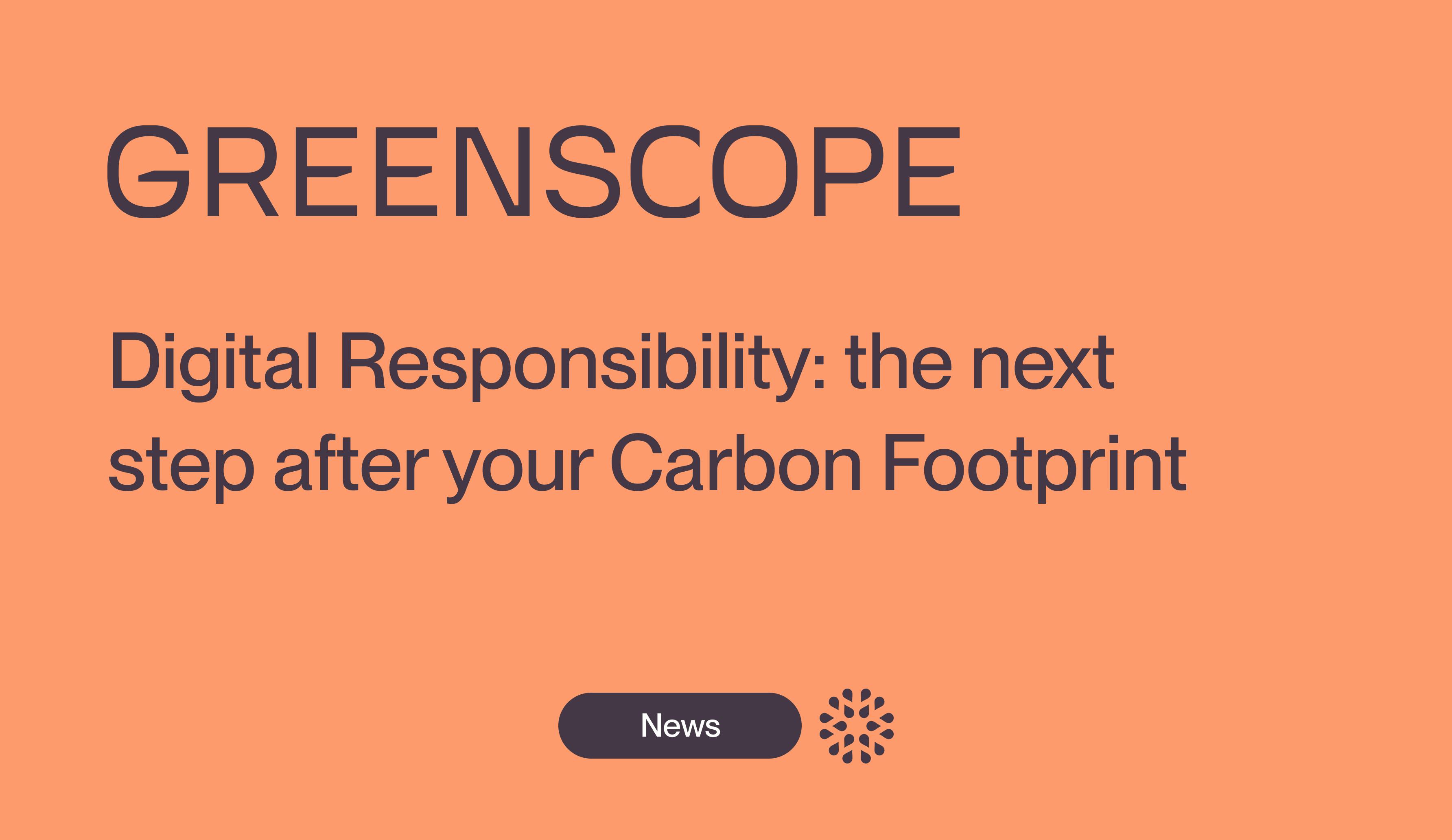
Responsible Digital: the next step after your Carbon Footprint assessment
Understand the importance of implementing a responsible digital approach after completing your carbon footprint assessment
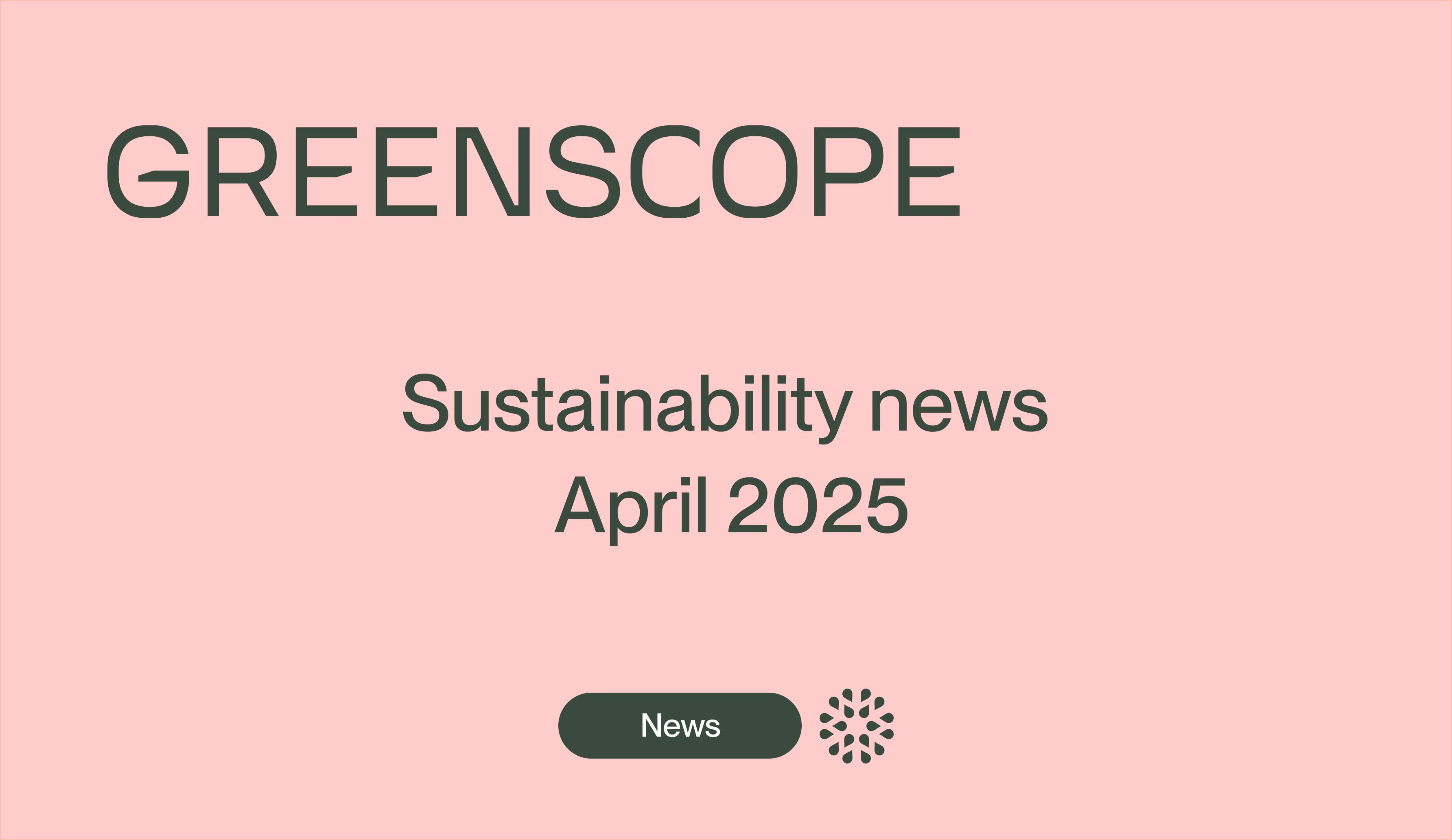
CSR News - April 2025
Discover the key developments: ongoing projects, standards updates, new official documents.
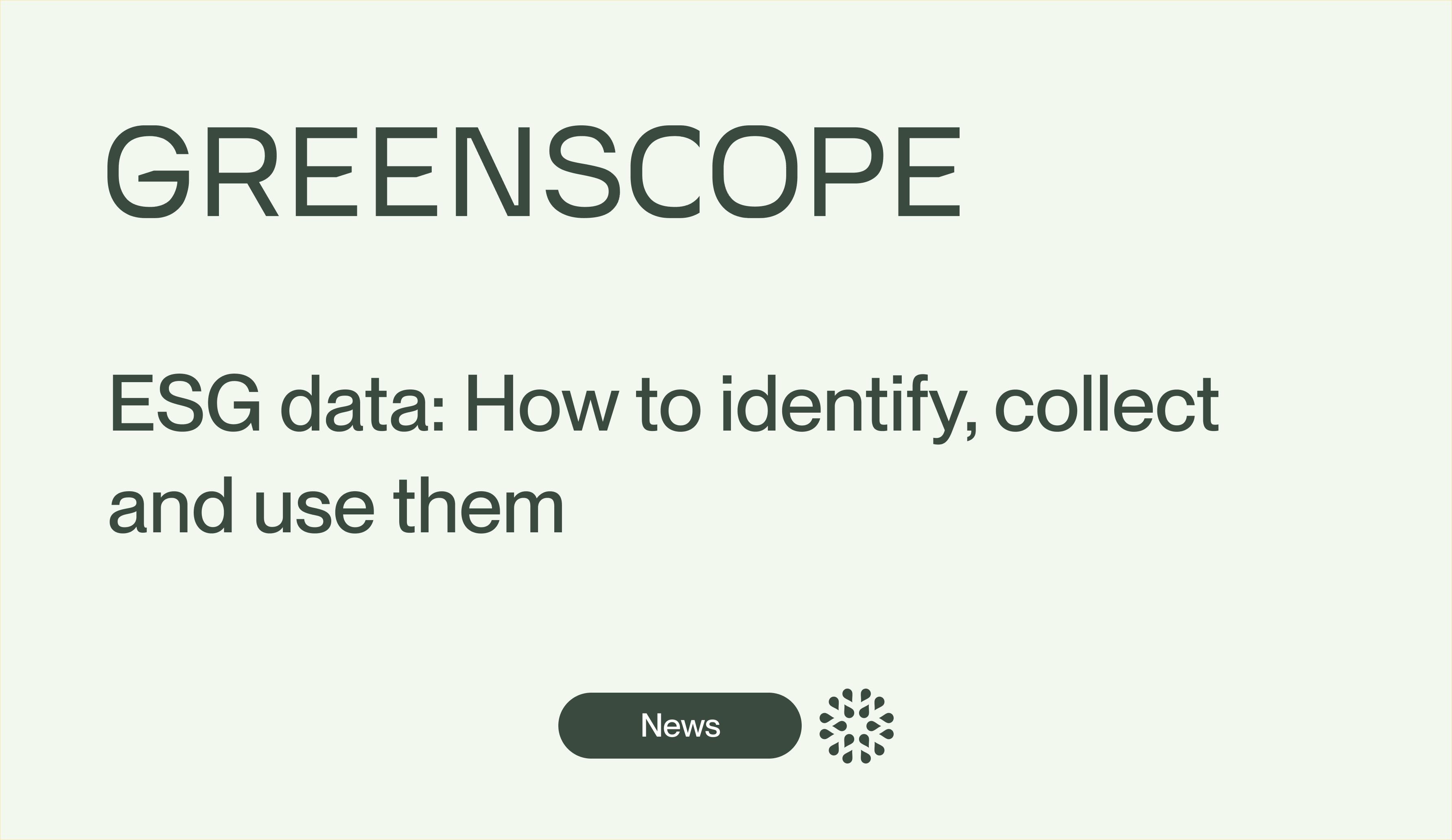
ESG Data: How to identify, collect, and use them
Learn how to structure your ESG data to better drive your commitments and enhance your sustainable performance
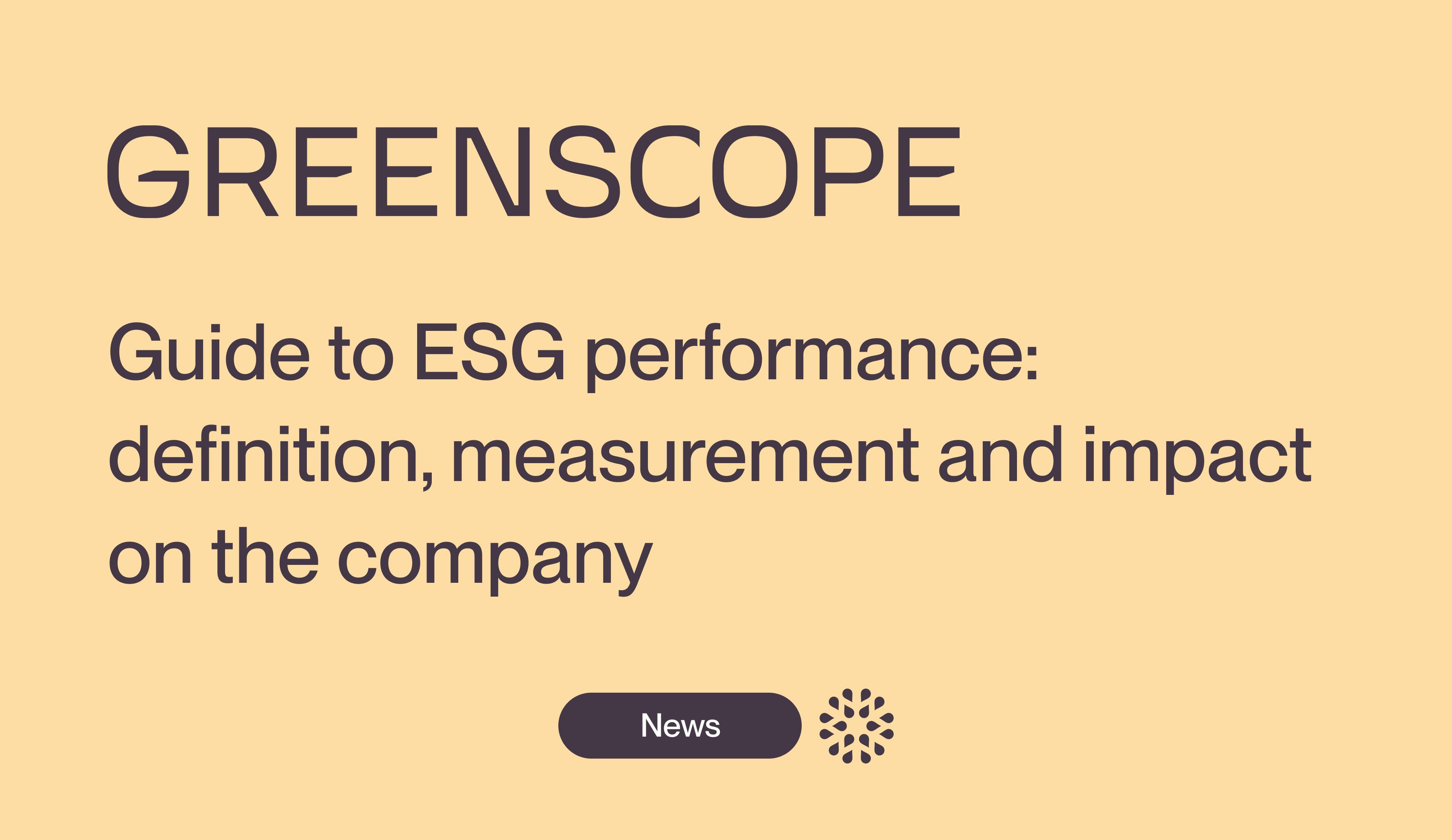
Guide on ESG performance: definition, measurement, and impact on business
ESG performance, a driving force for responsible growth: follow our guide to understand everything in just a few minutes



